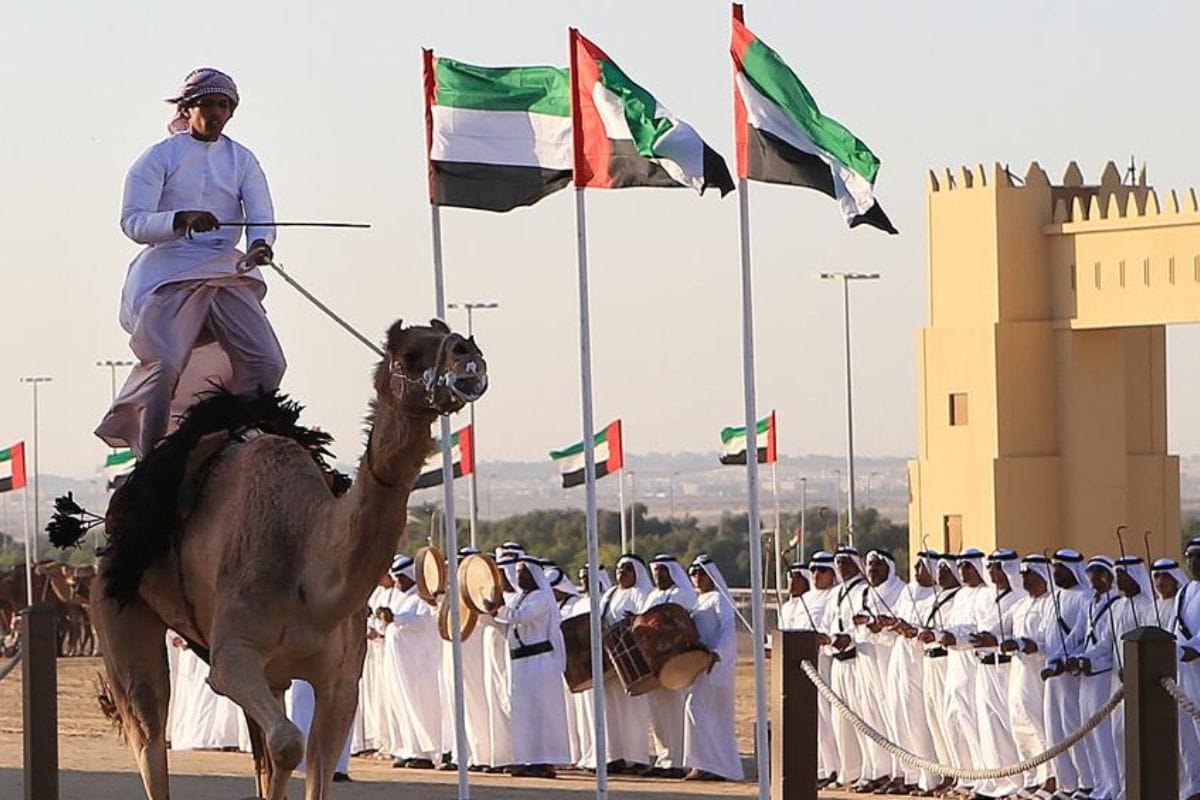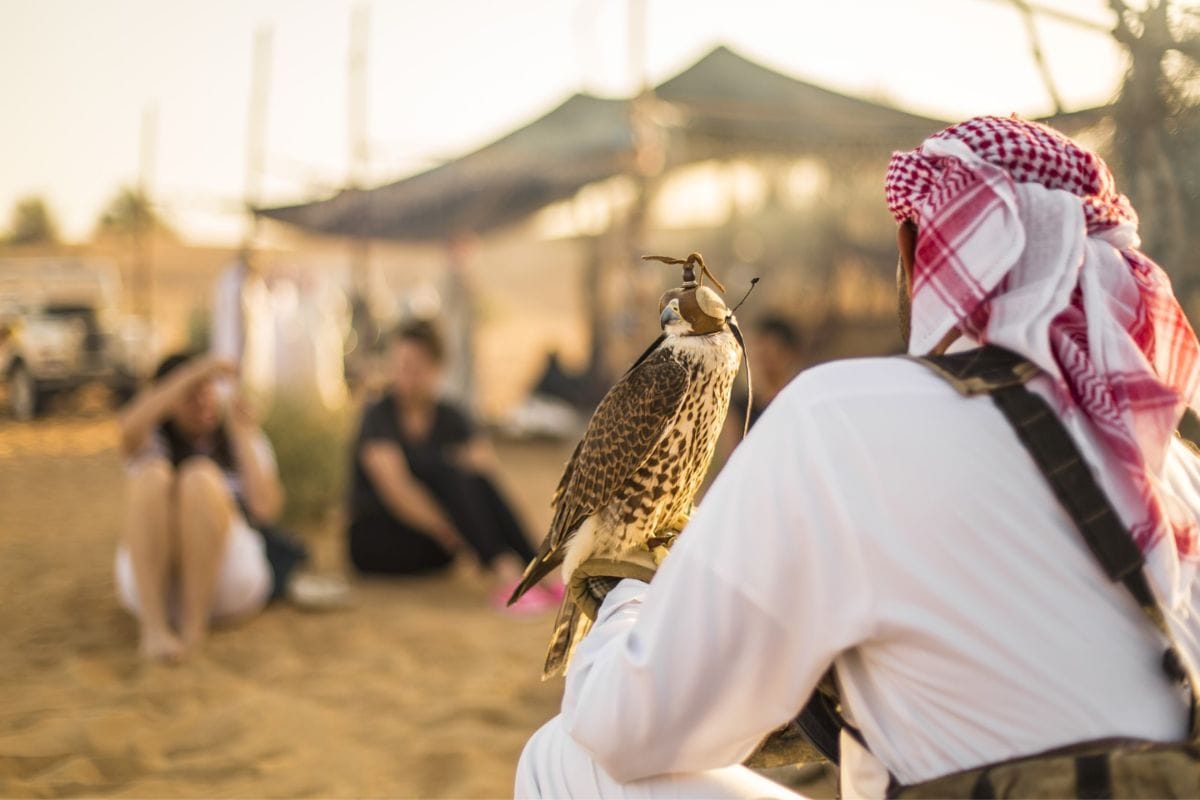The United Arab Emirates, a nation synonymous with futuristic skylines and luxurious living, conceals a past far older and richer than its gleaming facades might suggest. Beyond the bustling cities and towering skyscrapers lies a history of a bygone era, a time when nomadic tribes roamed the harsh terrain and powerful empires flourished along trade routes.
While the grandeur of pyramids and temples may be absent, the UAE's archaeological wonders are no less fascinating. Delve beneath the desert dunes and discover ancient settlements, intricate burial mounds, and artifacts that whisper the secrets of generations long past.
The UAE's narrative extends far beyond the recent boom of oil wealth and urban development. It's a story etched in the resilience of its earliest inhabitants, the innovation of its trading communities, and the cultural web woven by interactions with civilizations across the globe.
From the Bronze Age to the Islamic era, the UAE's story is a tapestry of countless narratives waiting to be unraveled. Exploring its archaeological sites is an invitation to journey back in time and witness the diverse and remarkable history of this dynamic region firsthand.
Here are some unique archaeological sites in the country you have to visit!
Dubai
The history of Dubai is far older than the city's contemporary skyscrapers. Even while the city is well-known for its more contemporary construction and technological advancements, there are intriguing archaeological sites that provide a window into its prehistoric past.
Hatta Heritage Village
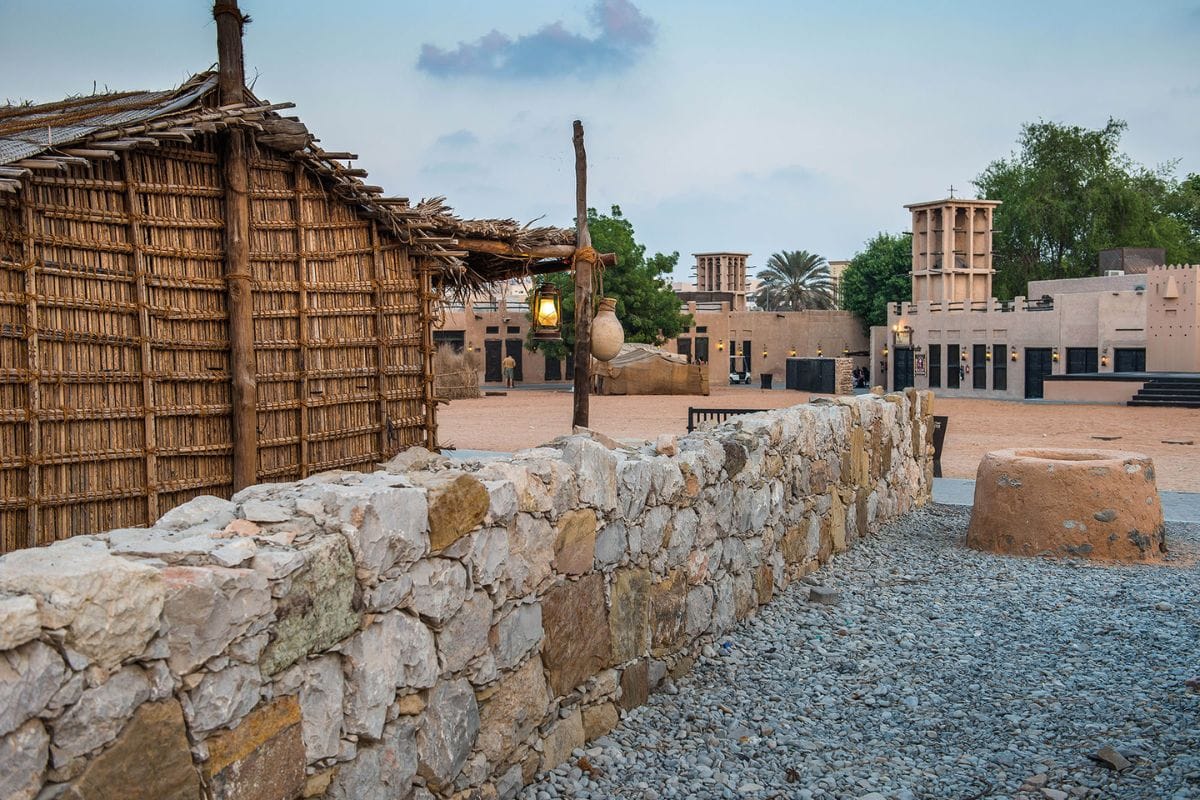
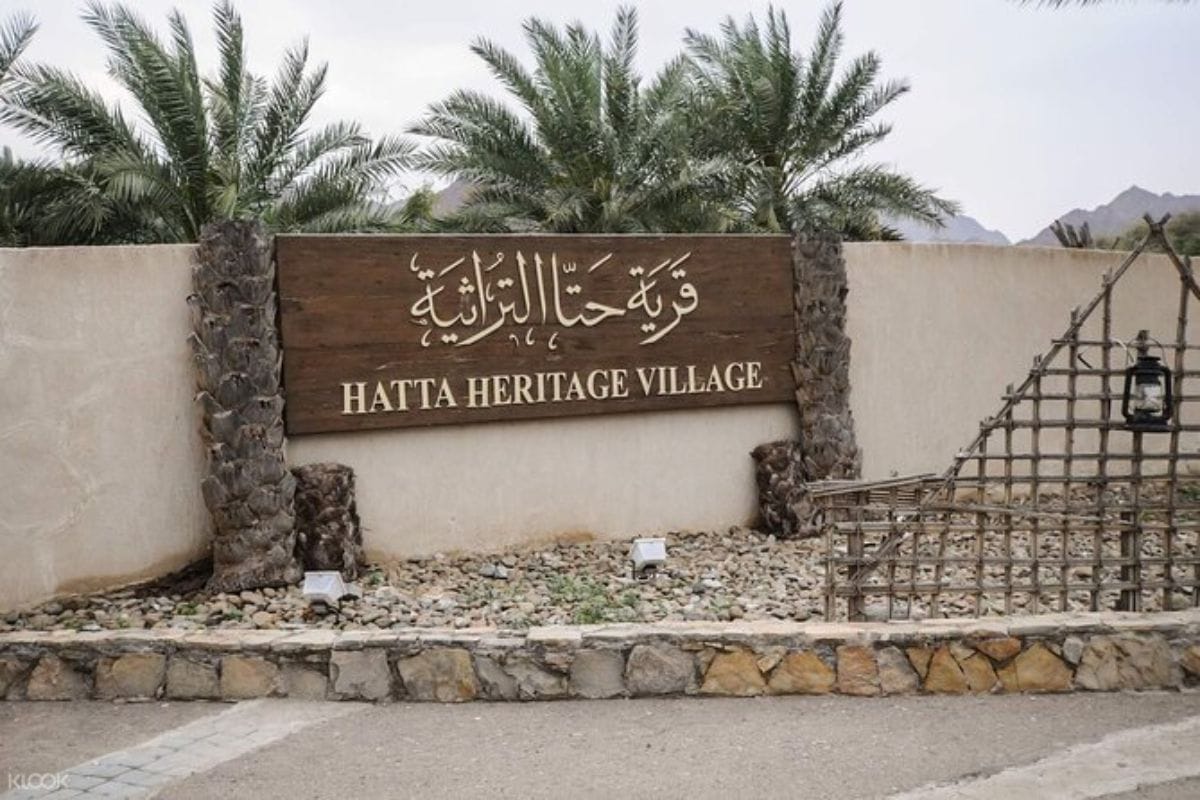
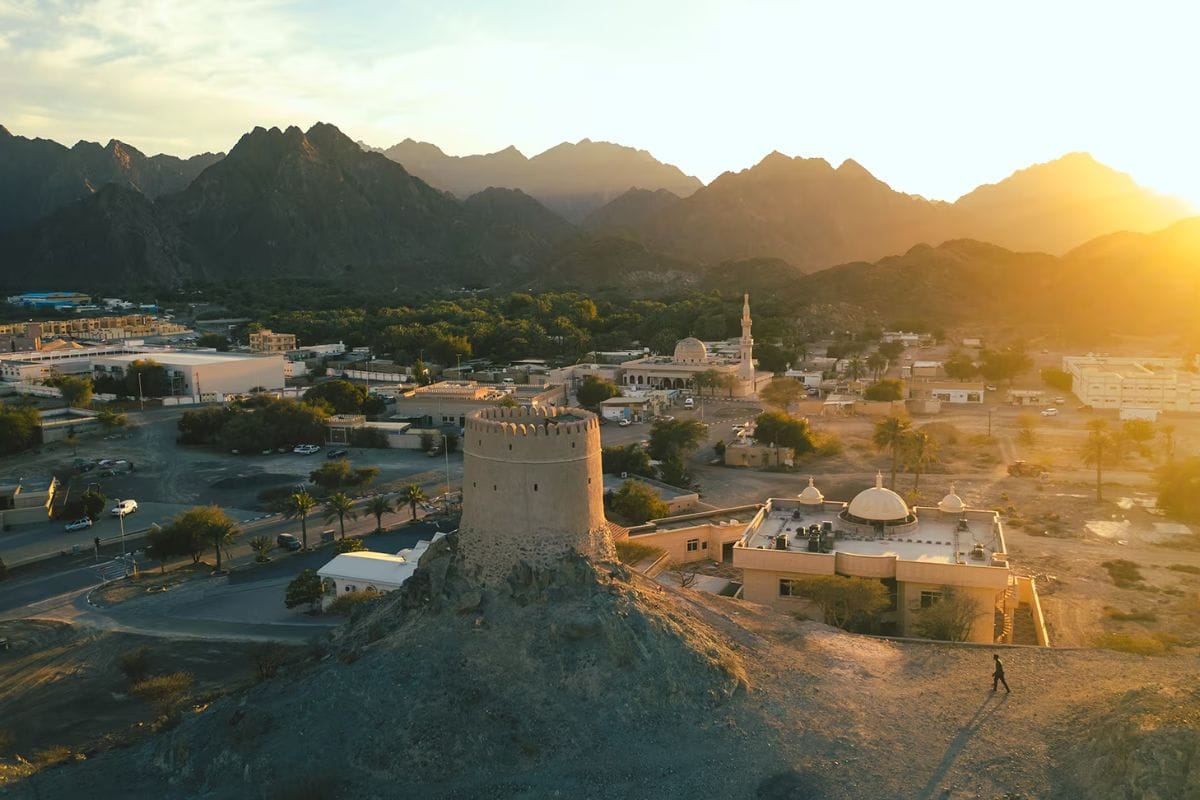
Hatta Heritage Village is a reconstructed traditional mountain village in Hatta, Dubai. It consists of 30 buildings made from materials such as mud, palm tree trunks, fronds, reeds, and stone. The village offers a glimpse into the traditional lifestyle of the UAE before the 1960s, with traditional interior decor, furniture, and utensils on display for visitors to see. The Bait Al Wali, one of the largest houses in the village, was once the residence of the ruler. Visitors can explore the various rooms and courtyards of the house.
Outside, villagers engage in traditional crafts such as jewelry making, pottery, and weapon crafting. The village also provides insights into social customs, wedding rituals, folklore, games, and traditional songs. Additionally, visitors can explore the central Hatta Fort, built in 1896, which served as a residence and defense facility. The fort, made of mountain stones and mud bricks, has a large internal courtyard and an 11-meter-high watchtower. It was restored in 1995 to preserve its historical significance and is open to the public for tours. The Hatta Heritage Village and Fort offer a glimpse into the rich cultural heritage of the region, making it a must-visit destination for history enthusiasts.
Saruq Al Hadid
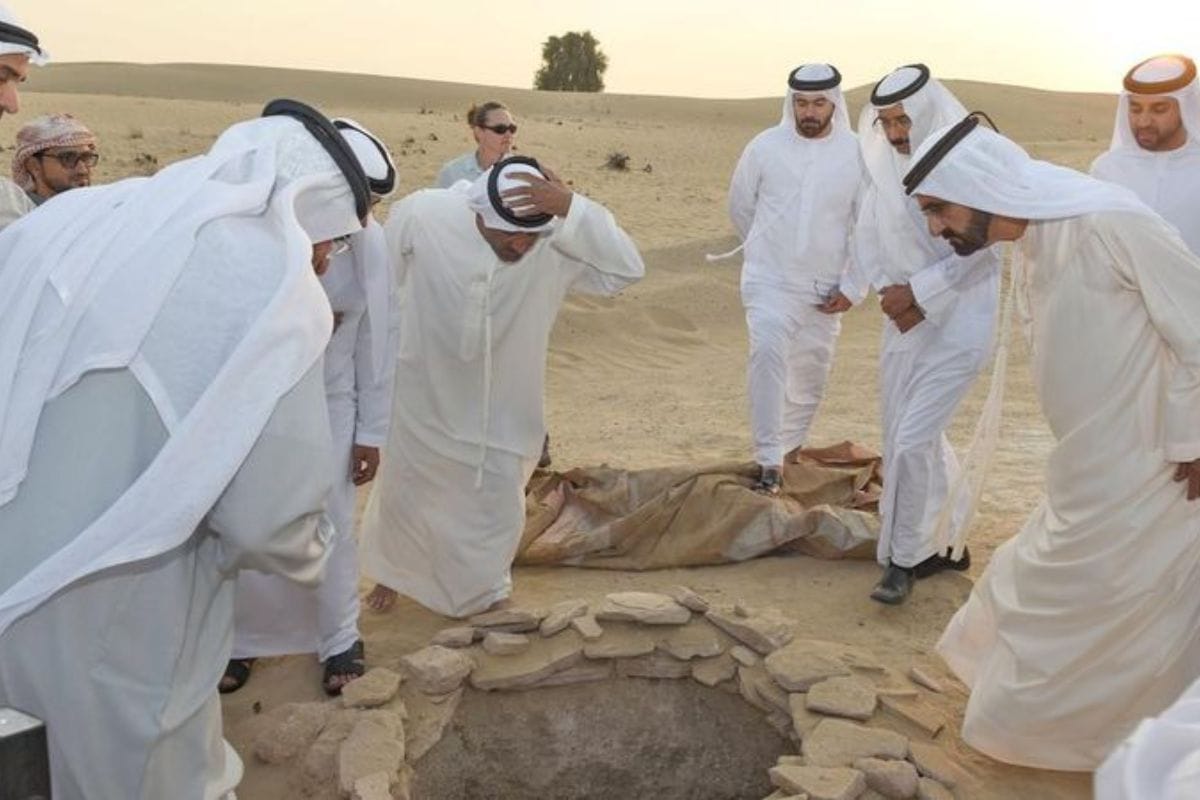

The Saruq Al Hadid archaeological site in Dubai is a significant historical site and a millennia-old hub for manufacturing and trade. The site, now part of the Al Marmoom Desert Conservation Reserve, was discovered in 2002 by Sheikh Mohammed bin Rashid Al Maktoum on one of his helicopter trips above the desert. It has since revealed thousands of artifacts, including iron tools, stoneware, bronze pots, precious beads, gold jewelry, and fossils, now displayed in the Saruq Al-Hadid Museum. The site dates back over five thousand years and reached its peak during the Iron Age, around three thousand years ago.
The museum, which opened in 2016, is housed in a building that was once the home of Sheikh Juma bin Maktoum Al Maktoum and showcases the era of metalworking with well-preserved artifacts. It offers visitors the opportunity to participate in simulated archaeological excavations and explore history through gallery trails. The museum is dedicated to the discovery of an excavation site that dates back to the Iron Age and maintains the integrity of the building in which it is housed.
Abu Dhabi
Unveil the layers of Abu Dhabi's past! Venture beyond the world records and discover a captivating network of archaeological sites. These historical treasures, from Bronze Age settlements to enigmatic tombs, offer a glimpse into the emirate's intriguing story.
Hili Archaeological Park

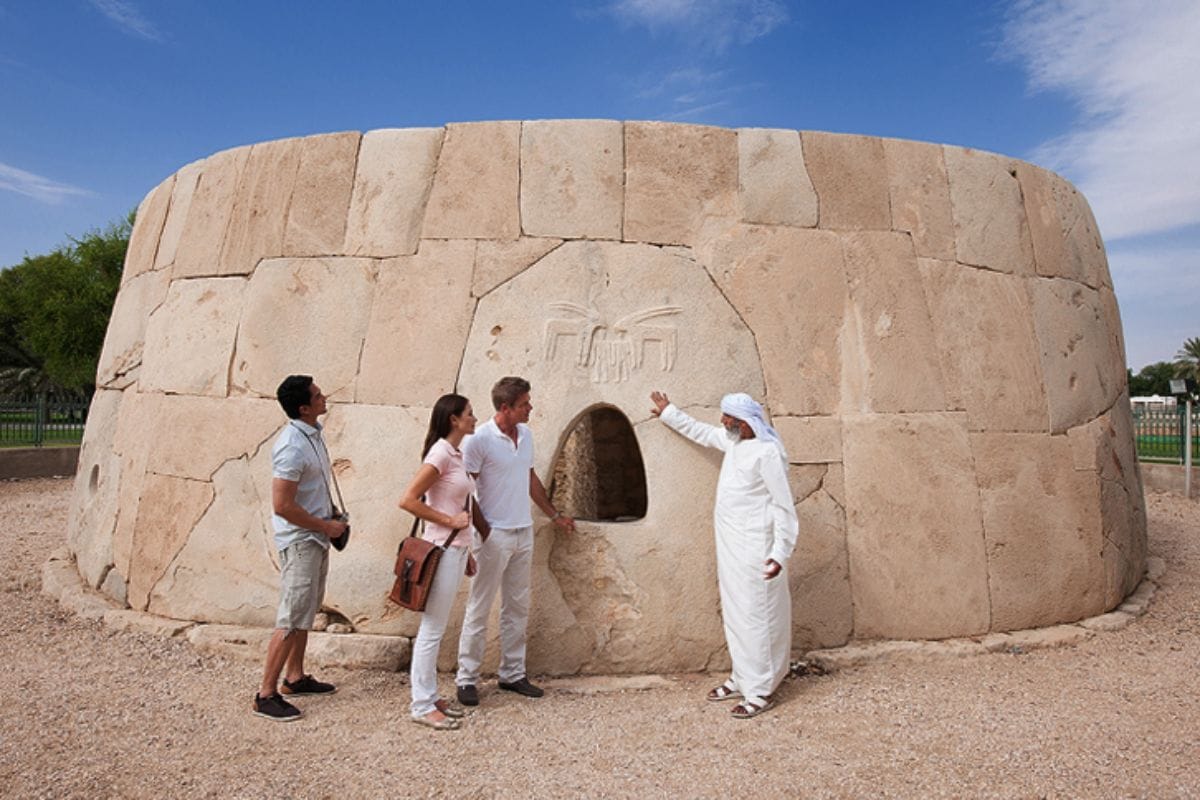
The Hili area in the United Arab Emirates is a fascinating historical site that boasts several well-preserved Iron Age villages and houses. Among them, Hili Site 17 and Hili 2 are particularly notable for their involvement in pottery production. Additionally, Hili Site 1 is home to a tower constructed from mud bricks, which was excavated in the 1960s and has since been transformed into a museum.
The Hili Archaeological Park also encompasses a variety of Bronze Age forts and settlements, with one site providing evidence of the earliest forms of agriculture in the UAE. Visitors can also explore artifacts from these sites at the Al Ain Museum, gaining insight into the rich history and culture of the region. The archaeological park offers a glimpse into the ancient civilizations that once thrived in the region, showcasing the advancements in technology and societal organization. It is a must-visit destination for history enthusiasts and those interested in exploring the roots of Emirati culture.
Bidaa Bint Saud


Bidaa Bint Saud, located 25 kilometers north of Al Ain, is a treasure trove for archaeological enthusiasts. The site features a rare Iron Age building, irrigation systems, and 5,000-year-old Bronze Age tombs. The area is dominated by Gharn bint Saud, a 40-meter-tall rock with several ancient stone tombs. Archaeological excavations have found pottery, stone vessels, dagger blades, bronze arrowheads, and beads. In 2011, Bidaa Bint Saud was declared a UNESCO heritage site. The site reveals evidence of a caravan route and dwellings belonging to a community of farmers who settled here to use the region's unique Falaj irrigation system, which taps into underground water sources and brings water to fields via tunnels.
Jebel Hafit Tombs
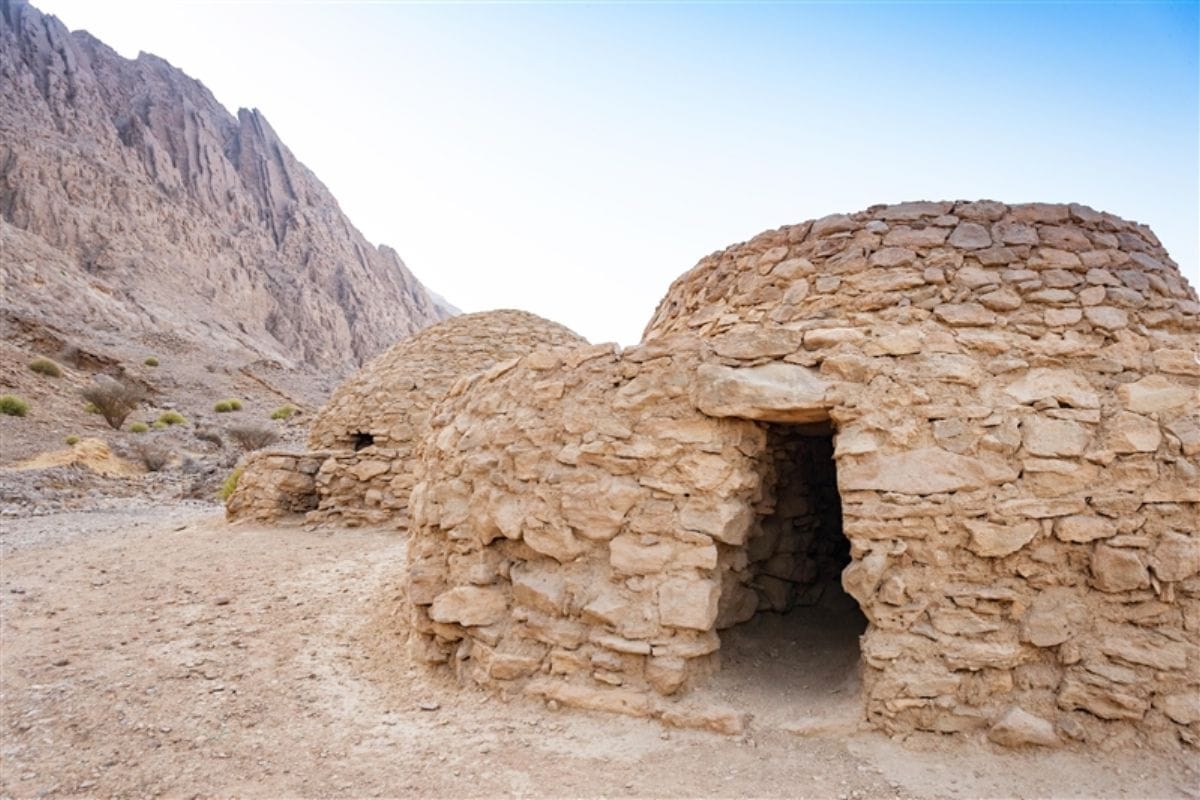
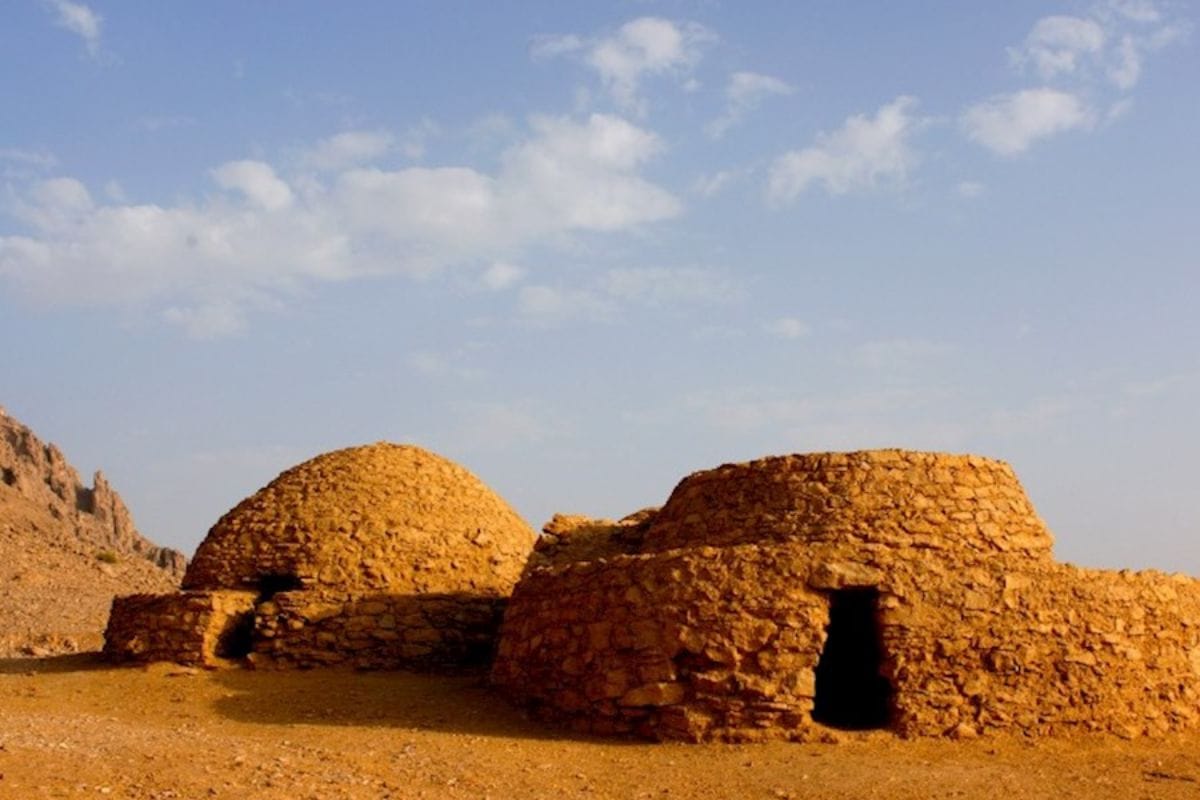
The Jebel Hafit Tombs, located at the base of Jebel Hafit mountain in Abu Dhabi, are 5,000-year-old tombs that tell the story of the early inhabitants of the Al Ain Region. These tombs, built over a 500-year period between 3000 and 2500 BCE, were built along the northern and eastern slopes of the mountain. The tombs, also known as the Mezyad graves, mark the beginning of the Bronze Age in the UAE and are one of four UNESCO World Heritage sites in the Al Ain region. Archaeological finds at the site include Mesopotamian pottery, beads, spearheads, and daggers, as well as objects reflecting wider trade links with the Indus Valley and Persia. The tombs remain a place of interest for those interested in early civilization and the environment surrounding these people.
Sharjah
Sharjah's vibrancy hides a rich past. Venture beyond the city's modernity to discover captivating archaeological sites. Here, remnants of forgotten civilizations and prehistoric communities whisper tales of a bygone era, waiting to be unearthed.
Jebel Buhais
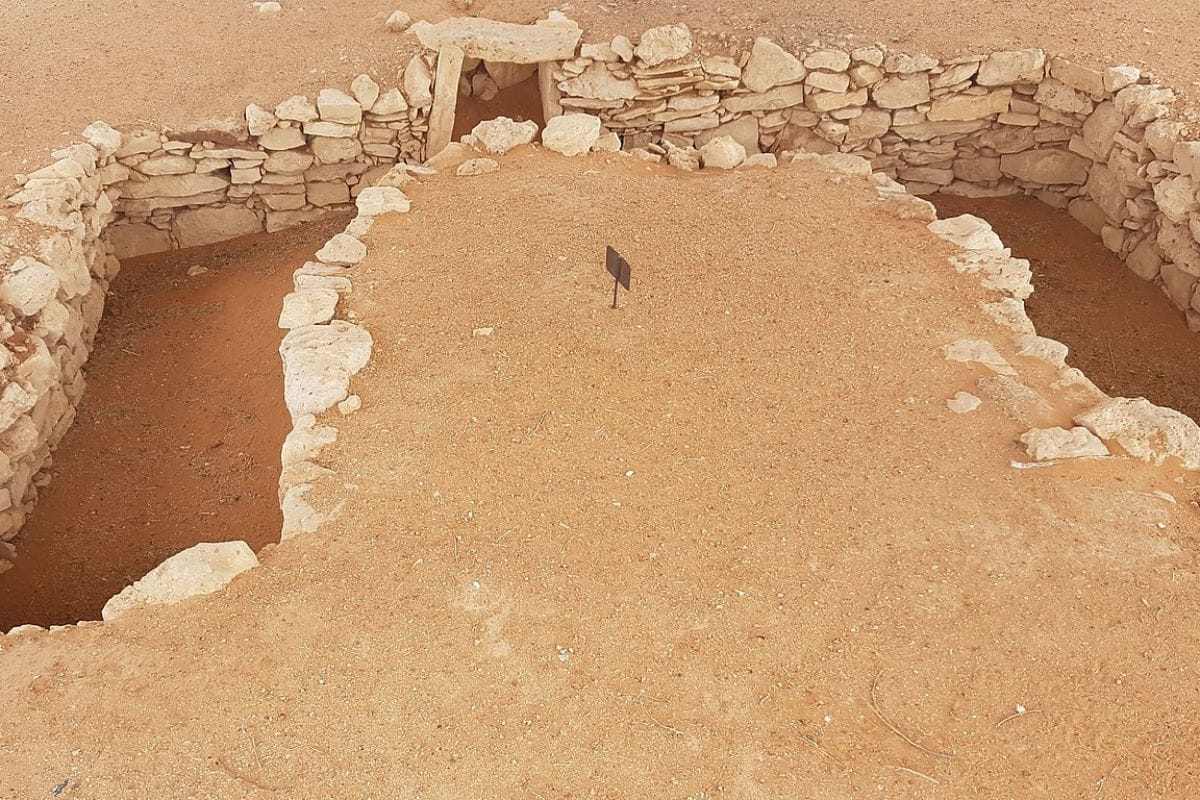
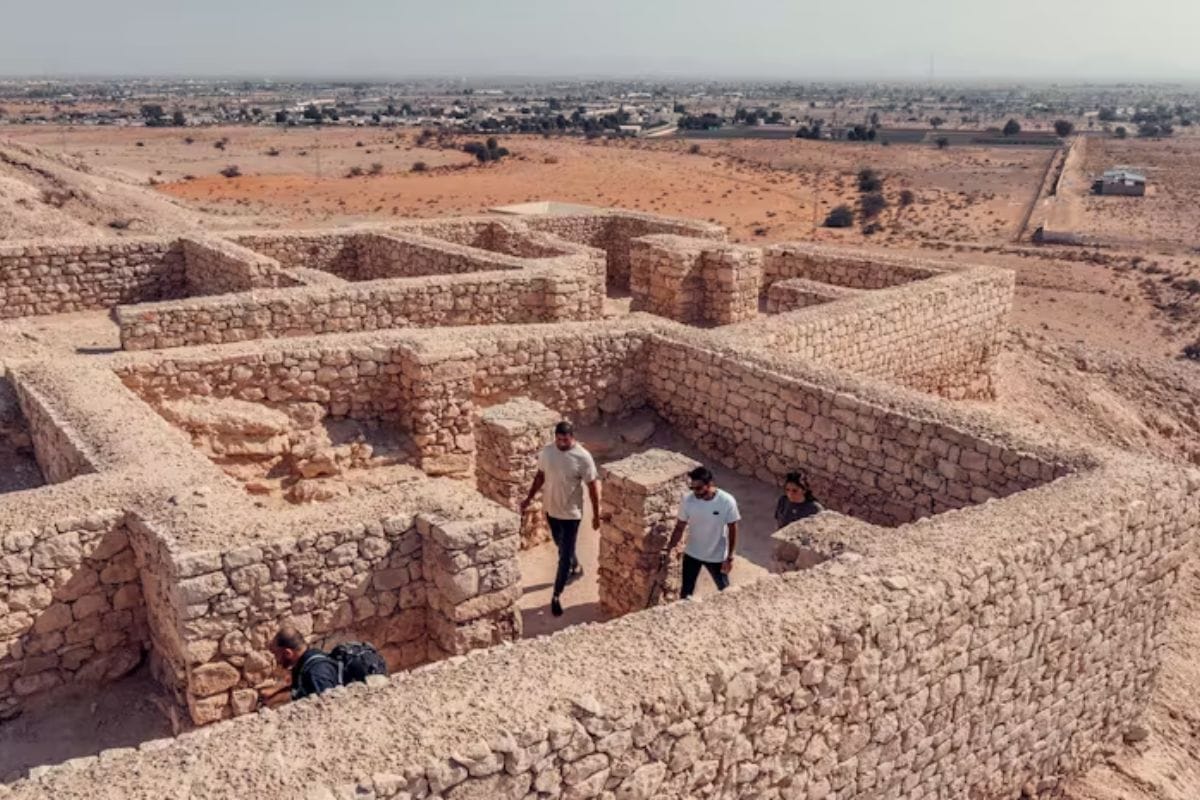
Jebel Buhais is a rocky outcrop in the central region of Sharjah, with an extensive necropolis of burial sites dating back to the 5th millennium BCE. The site, which rises to 340 meters above sea level, is made up of Maastrichtian limestone layers dating back to 60-65 million years. Recent archaeological campaigns have discovered a massive graveyard containing graves from the Stone Age, Bronze Age, Iron Age, and Hellenistic periods, revealing the rich history of human settlement in the UAE.
Mleiha Archaeological Center
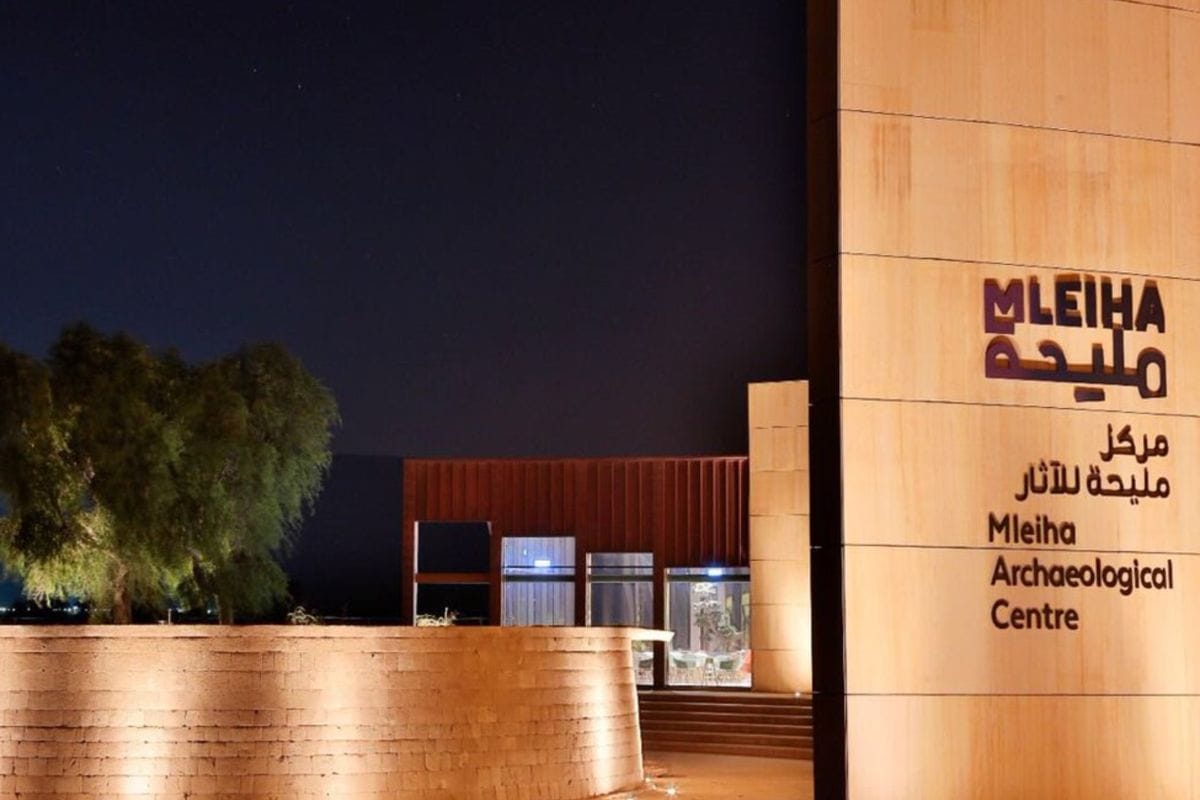
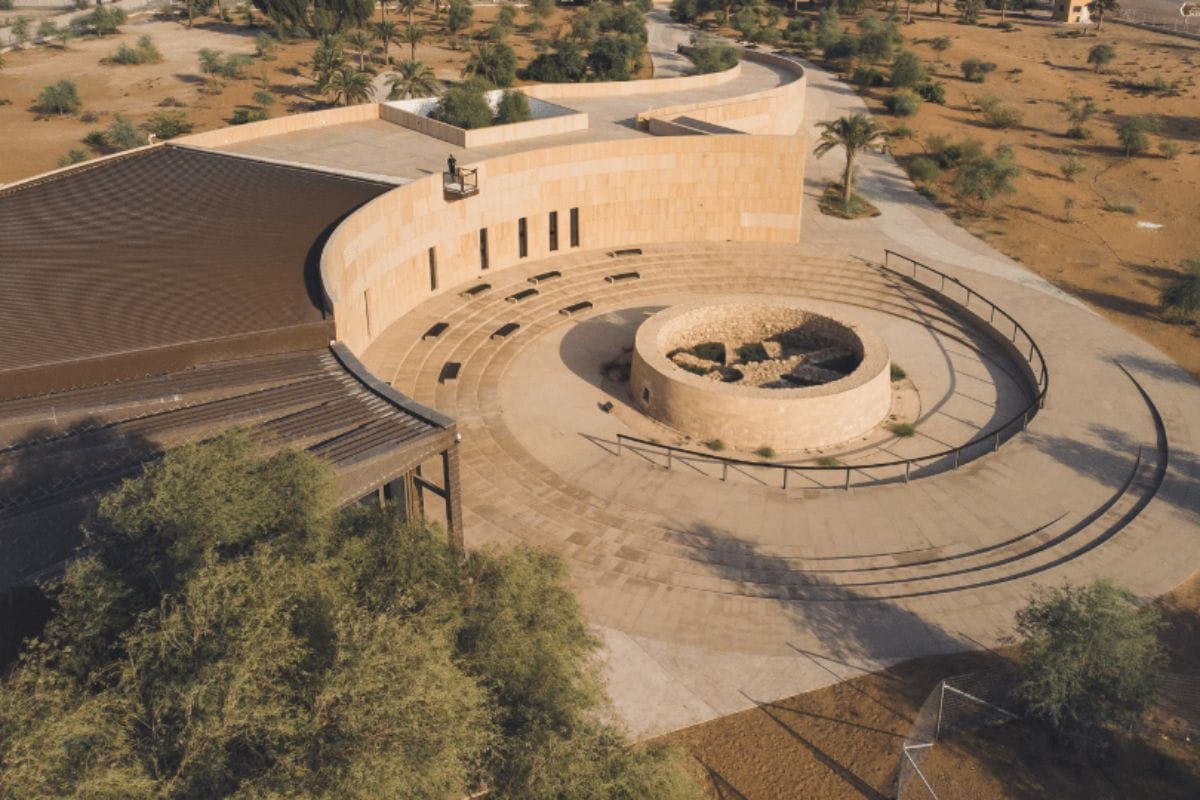
Discover the ancient Bedouin culture of Sharjah through an ongoing excavation program, offering unique experiences and natural landscapes. Visit Mleiha, a village in the United Arab Emirates, to learn about settlers during various ages, including Palaeolithic, Neolithic, Bronze, Iron, pre-Islamic, Islamic, and modern ages. The Umm an-Nar tomb, built around 2300 BCE, is one of the most impressive burial sites in the area. The circular Bronze Age grave is 13.85m in diameter and is one of the largest in the UAE. The Mleiha Archaeological Centre is a visitor center and exhibition focusing on the history and archaeology of the surrounding areas, including Al Thuqeibah, Jebel Faya, Al Madam, and Jebel Buhais. The center details excavations and discoveries made over the past 40 years, including the Faya North East find, which indicates the spread of humanity from Africa to the Persian Gulf region.
Ras Al Khaimah
Ras Al Khaimah's story unfolds beyond its stunning landscapes. Explore the emirate's hidden depths through captivating archaeological sites. These unearthed treasures offer a glimpse into the region's fascinating past, waiting to be discovered.
Seih Al Harf
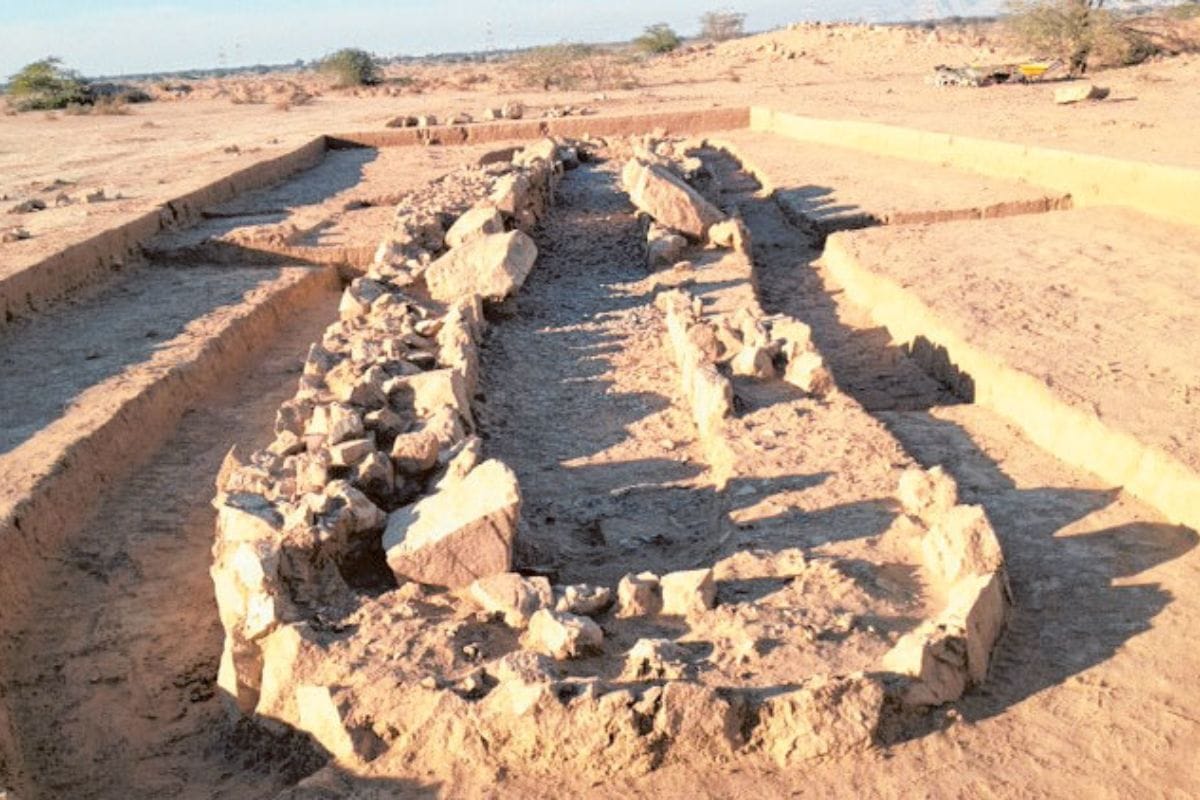
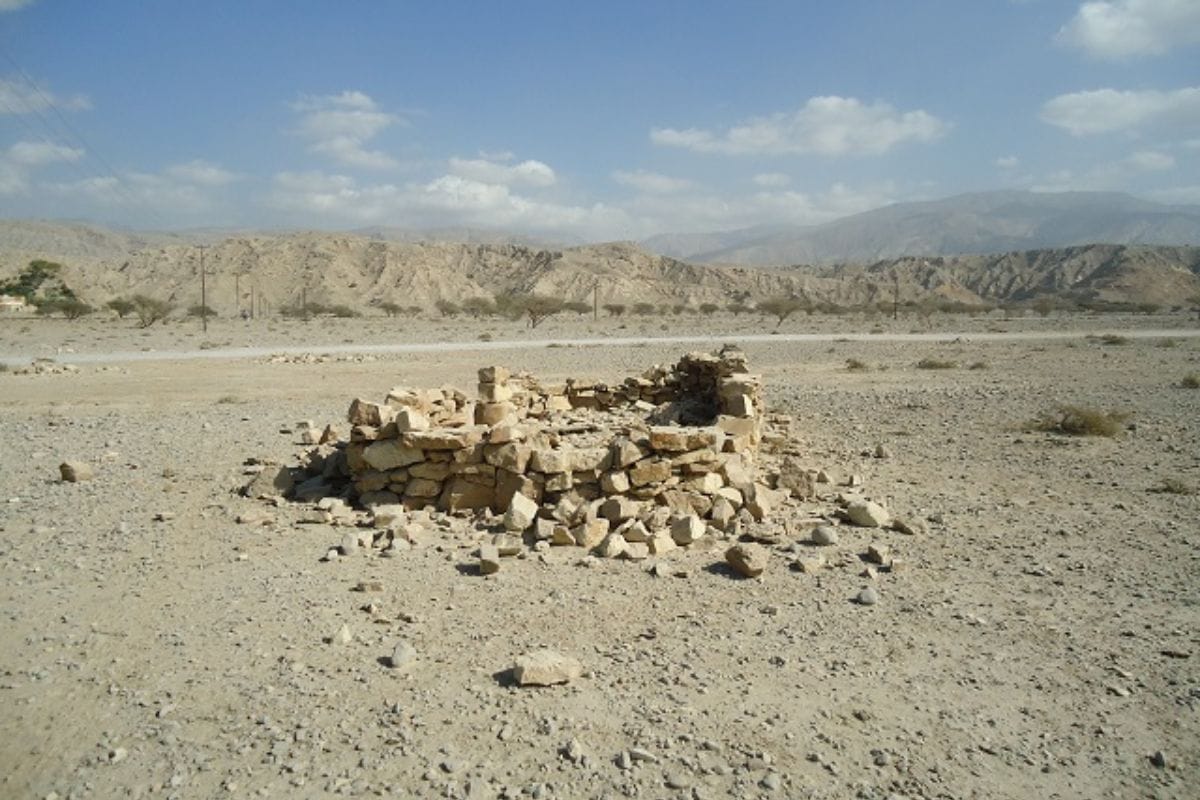
Seih Al Harf is a significant archaeological site located in Northern Ras Al Khaimah, with historical roots dating back to the Wadi Suq period, approximately spanning from 2000 to 1300 BCE. The site comprises an impressive assemblage of 50 burial sites, encompassing Umm al-Nar and Wadi Suq graves. Notably, the site also boasts the presence of tombs dating back to the 2nd millennium BCE, further enriching its historical value and importance.
Shimal
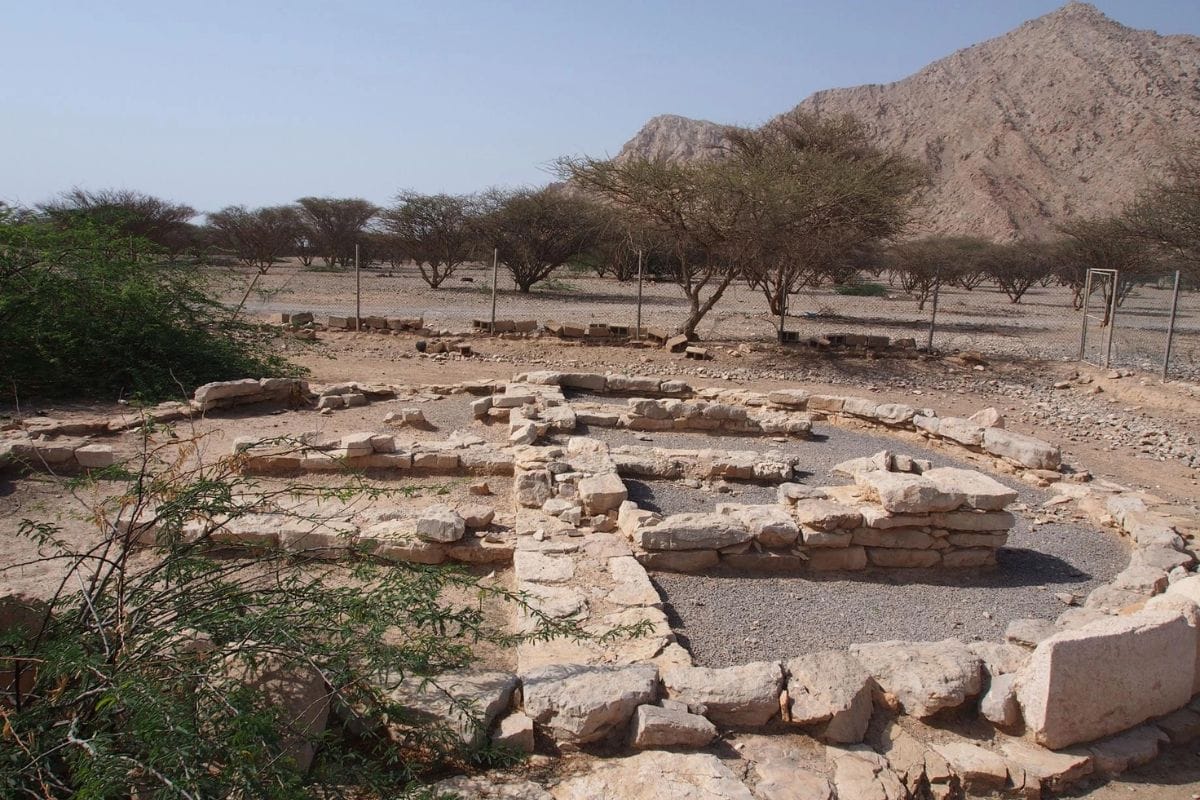

Shimal is a dense archaeological landscape in the Ru'us-al-Jabal mountains, characterized by gravel plains and acacia forests. It features over 100 prehistoric tombs, settlements, and a medieval palace, dating back to the Wadi Suq Period, the Late Bronze Age Culture, and the Middle Islamic Period. The site has been a cultural hub for over 5000 years, witnessing and participating in unique cultural traditions. Excavations in the mid-1980s provided early evidence of the Wadi Suq period, including pottery, soft-stone vessels, bronze and copper weapons, and beads.
Fujairah
Fujairah's charm extends beyond its dramatic mountains and pristine beaches. Unearth a hidden chapter of the emirate's story by exploring its captivating archaeological sites.
Fujairah Fort
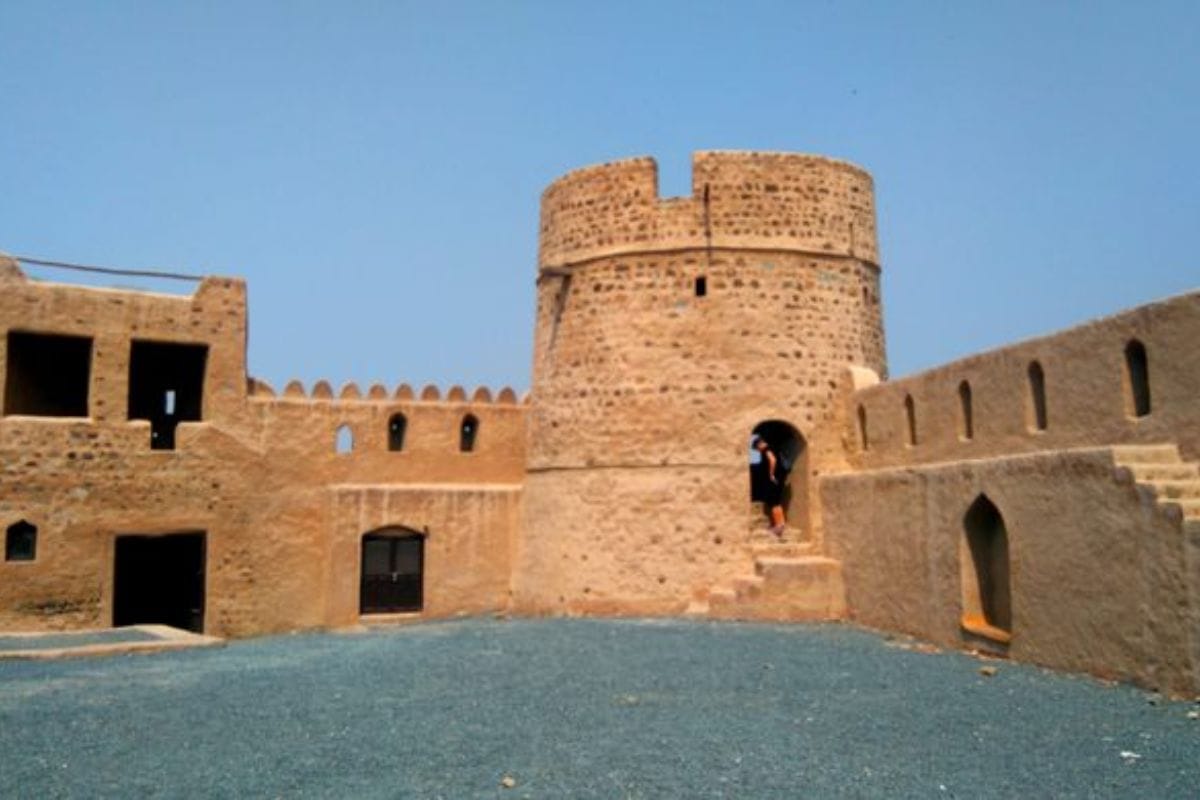
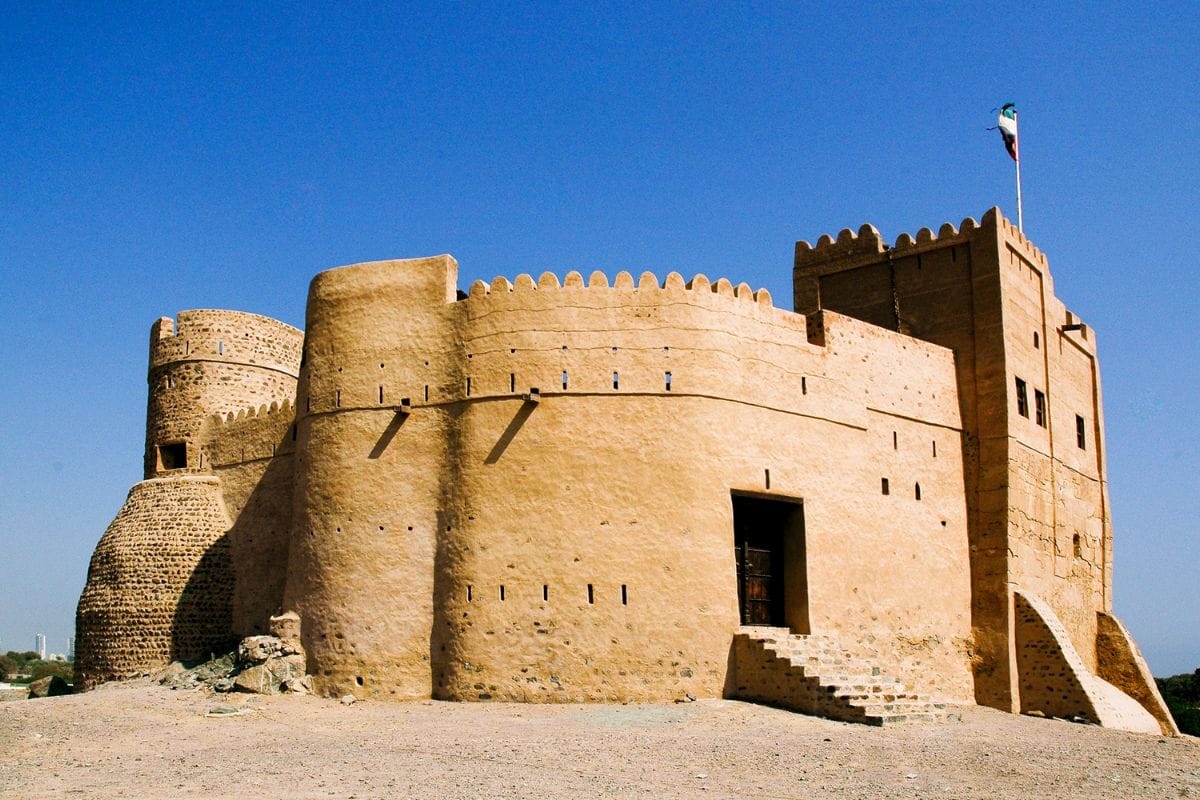
Fujairah Fort, an ancient fort in Fujairah, is one of the oldest and largest castles in the UAE. It played a significant role in fighting back against colonialism and is now a main tourist attraction. Constructed in the 16th century, it comprises three circular and one rectangular towers, elevated nearly 20 meters above sea level. The fort covers 610 square meters and was mainly built using local materials like rock, gravel, and mortar. Its roof is made of palm fronds and trunks. Today, the fort offers visitors a glimpse into an ancient past with challenging obstacles and spectacular city views.
Al Bithnah Fort
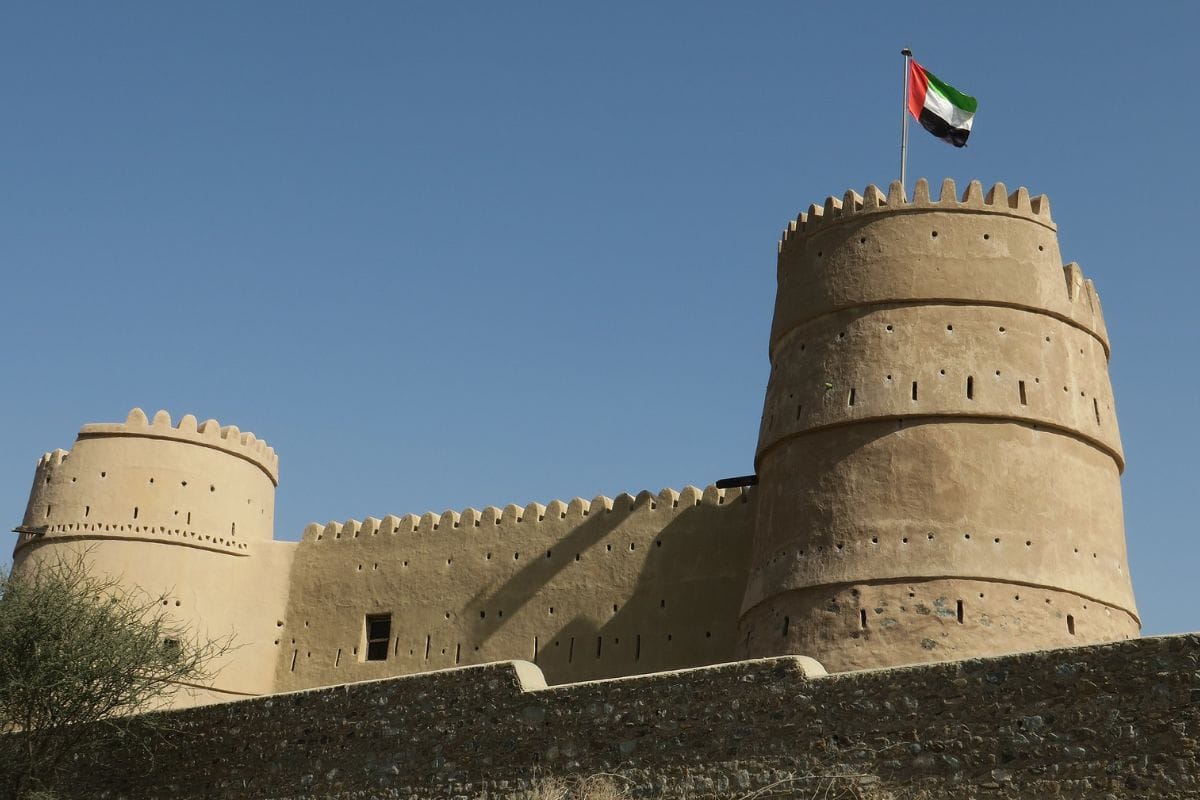

Bithnah Fort, a traditional double-story rock, coral, and mudbrick fortification in the Wadi Ham near Bithnah village in Fujairah, UAE, played a significant role in the UAE's history, particularly in the early 20th-century emergence of Fujairah as an independent emirate. The fort replaced an Iron Age fortification and was built to protect the village from attackers. The fort's strategic location allowed locals to maintain peace and prevent attacks. The fort also features watchtowers to alert residents of potential attacks. The fort was built using materials like bricks, date palms, boulders, hardwood, mud mortars, and plasters, and is still visible today. The fort's strategic location and strategic location have made it a significant landmark in the UAE's history.
Umm Al Quwain
Umm Al Quwain's sands hold more than meets the eye. Delve beneath the emirate's surface and discover a fascinating tapestry of history revealed through captivating archaeological sites. These remnants whisper tales of ancient settlements and forgotten cultures, offering a glimpse into a bygone era.
Ed Dur

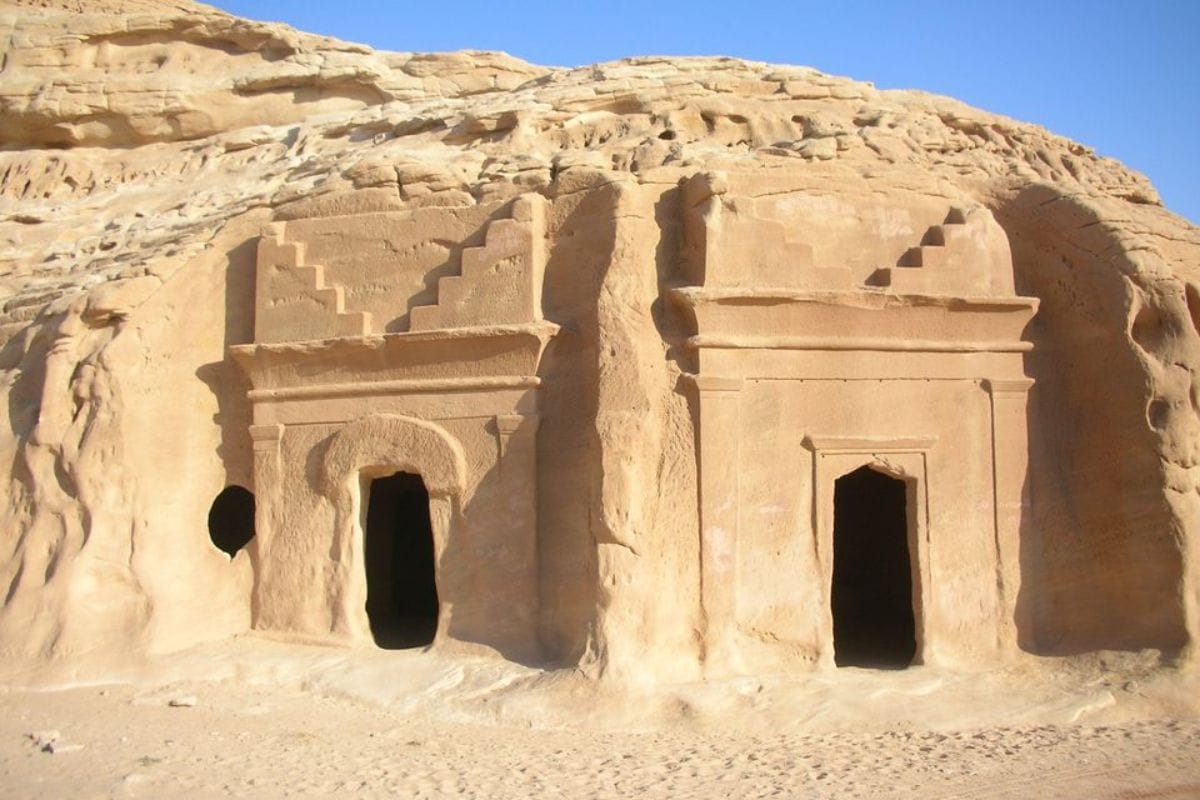
Ed Dur is an ancient Near Eastern city in Umm Al Quwain, UAE. It is one of the largest archaeological sites in the UAE and is closely associated with the inland trading center of Mleiha. Digs have unearthed evidence of human habitation from the Ubeid, Stone Age, Bronze Age, Iron Age, and pre-Islamic periods. Around 500 tombs have been excavated, with grave goods discovered including drinking sets, Roman glass, weaponry, pottery, jewelry, and ivory objects. Ed Dur was a port town that derived its wealth from trade across the Arabian Gulf and the Indian Ocean, as well as extensive trade links with the Mediterranean.
Tell Abraq
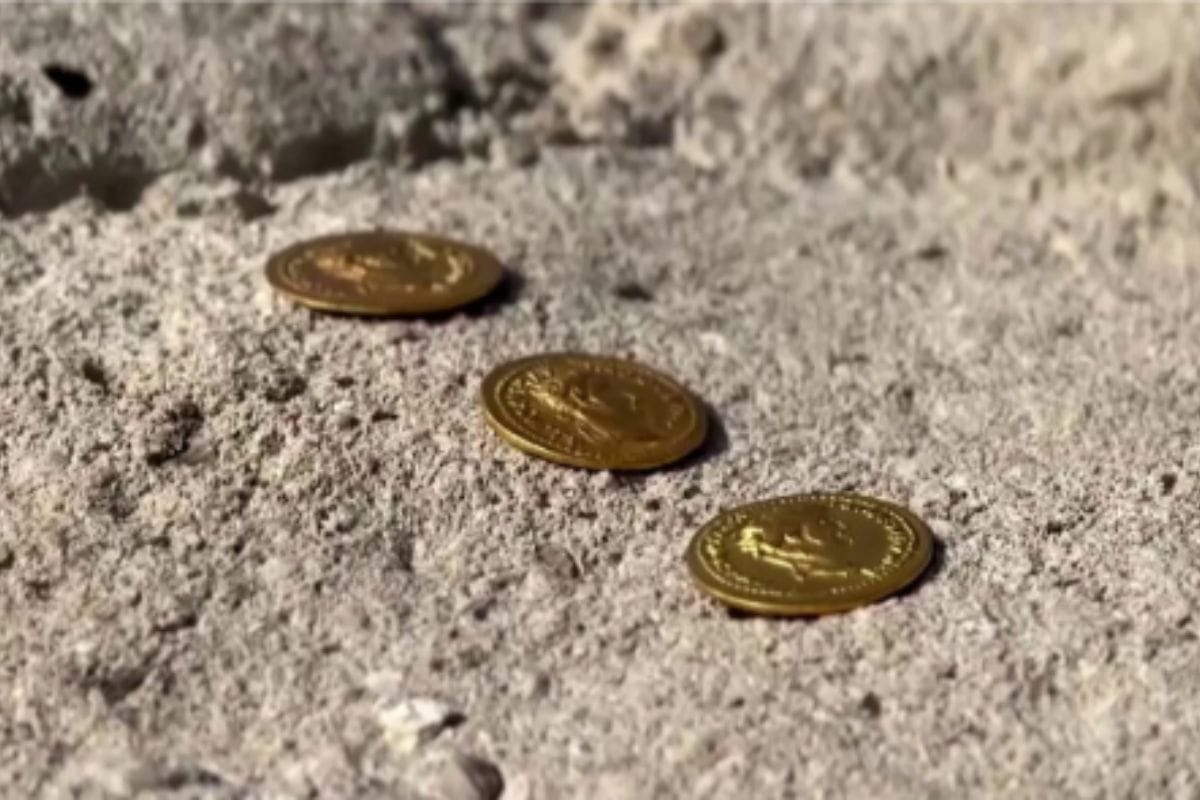
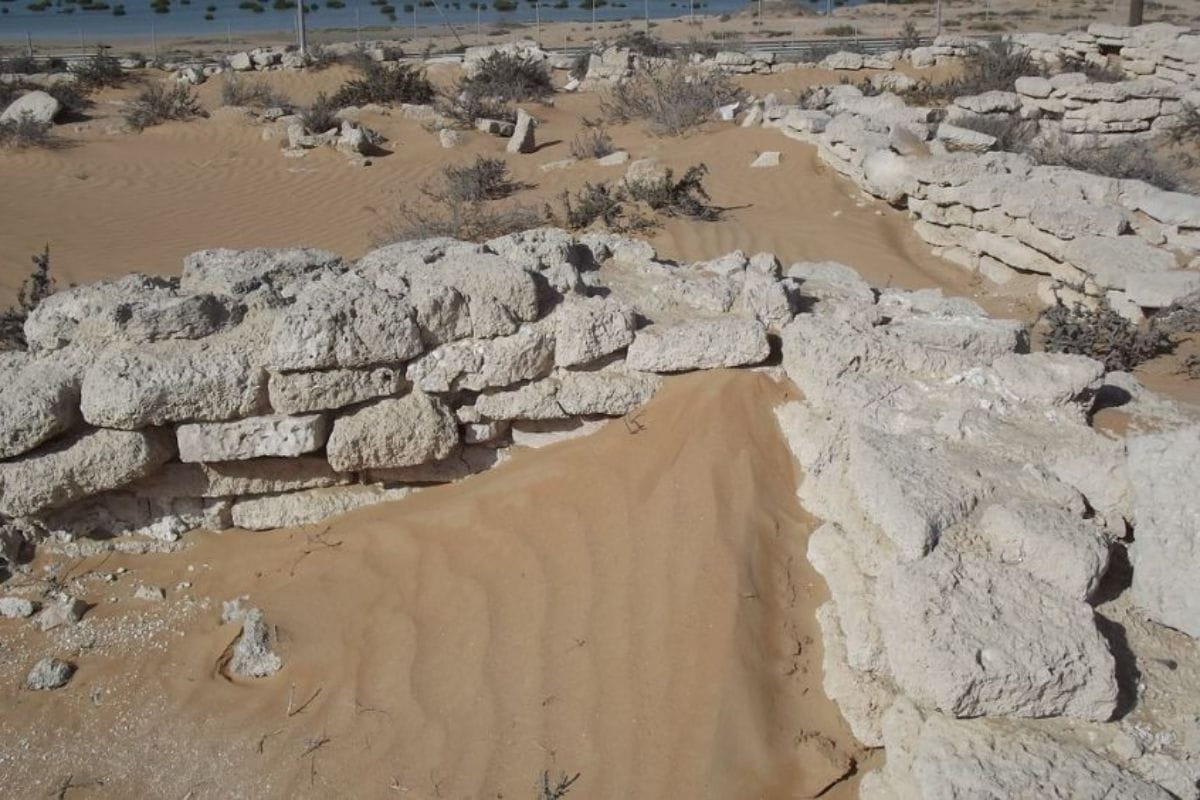
Tell Abraq, an ancient city in the Umm Al Quwain, is known for being the best-preserved and largest prehistoric settlement in the Lower Gulf. Situated on the Persian Gulf Coast, it is a significant archaeological site in southeastern Arabia, showing evidence of human occupation from 2,200 BCE to 200 CE. The city's main features include a large circular fortification made from mud brick and stone, as well as an Iron Age mud platform. This fortification is the largest of the distinctive Umm Al Nar fortress towers to be uncovered in the UAE. Other discoveries at the site include Umm Al Nar buildings and fireplaces.
Also Read:
